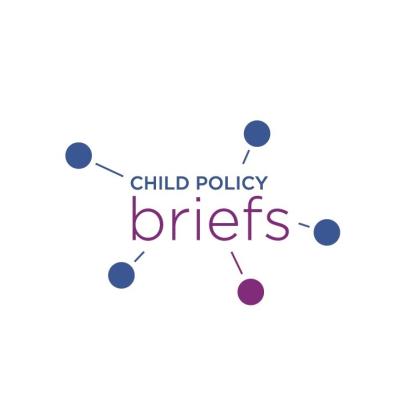Components
Image

How This Impacts Children's Development
Description
Birth to age 3 is a crucial and dynamic period of growth for children. Over the past fifty years, there has been a dramatic expansion of large programs and ambitious policies aimed at enhancing the daily environments of infants and toddlers in the United States. The increased use of clinical trials has significantly improved researchers' ability to make and advance causal claims about the overall effects of different policies and programs.
Talking Points from the SRCD Brief
|
Policy Considerations in the Brief
- It is important that policy makers and scholars recognize how the United States patchwork of collective efforts to care for infants and toddlers, unfolds inside social organizations rooted in public and private sectors.
- Hyper-specialization distracts us from asking basic questions that inform results to enrich our understanding of the wider civic conversation around how programs interact with one another locally, and how parents weigh the more desirable, affordable, and most trustworthy option.
- Consider what policy levers might best enrich the positive features of social interplay between infant-toddler, parent, and childcare or health provider.
- Bring developmental science to a level at which it can inform policy tools at in local setting, which may yield stronger benefits.
